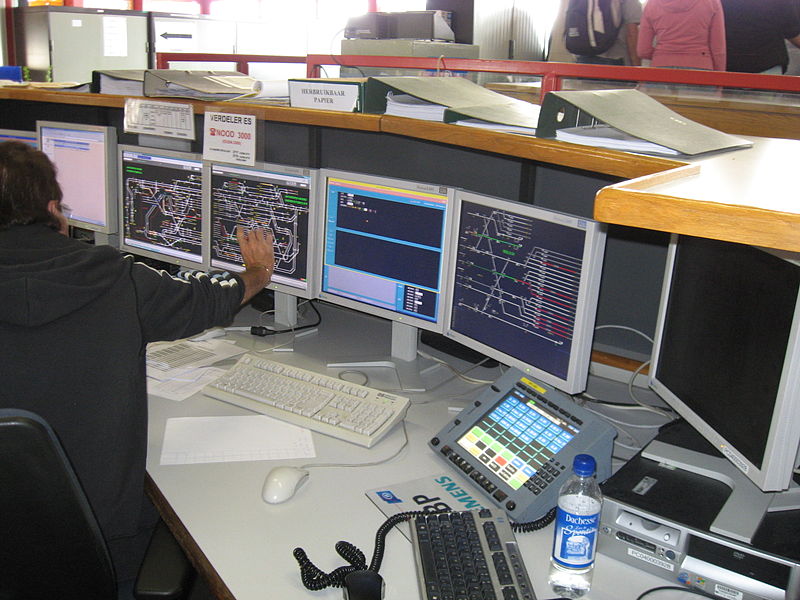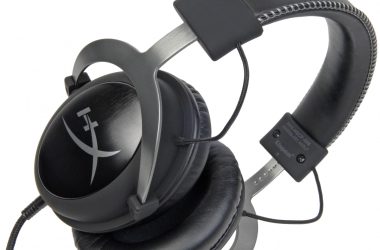Technology is a wonder thing; it enables us to perform many tasks in our lives much more quickly and efficiently, so that we can be more productive with what we do. One such example where technology is a welcome addition to everyday processes worked through is emergency services.
Back in the old days before fast computer systems, smartphones and broadband Internet technology, disaster management and the coordination of emergency services personnel all had to be done face-to-face and through fixed telephone lines.
Granted, there were forms of mobile communication in those days such as the forerunners to today’s mobile phones, and of course the ever-useful two-way radio, but in comparison to what we use today, such processes were extremely inefficient, slow and at times unreliable.
How technology helps emergency services respond quicker
When you come across an emergency situation and you dial 999, you are firstly asked whether the emergency requires the attention of the police, fire brigade or ambulance service.
After choosing the relevant option to your emergency, your call is then answered by a call handler, who will take down full details of the emergency that is occurring, such as where it is and they will try to ascertain the severity of the situation.
The call handler will then make a decision as to how best to handle the situation, so for example if a person called to report a car accident and the occupants of one or more of the cars were trapped in their vehicles, they will dispatch an ambulance crew out immediately. If the emergency occurred somewhere that is not easily accessible by road, they may instead request an air ambulance (helicopter) instead.
These call centres often employ something called unified technology, which basically means that their systems can operate in tandem with other types of system; for example, they could have two-way radio access to be able to directly contact ambulance crews out on the road.
Rapid deployment of mobile command and control centres
Other times there may be a requirement for a fast response to emergency situations such as disasters (either natural or man-made), and often these types of situation call for a large-scale coordination effort.
In such a scenario, the rapid deployment of a mobile command and control centre can ensure that all efforts made to stabilise the effects of any type of disaster or emergency situation can be quickly and efficiently coordinated. Unified communications play a big role here, as it means that any emergency response personnel can be easily located and contactable by whatever means necessary (for example, two-way radio, mobile phone or satellite phone).
Internet access can also be deployed in such situations, as this would make communication with a fixed base or office located elsewhere easier due to being able to use the same systems for managing any emergencies, personnel, and the provision of materials and equipment.
Many modern emergency situations would have taken advantage of mobile command and control centres, ranging from small-scale or localised situations such as rioting or protesting in a particular town to a full-scale national threat to human well-being.









